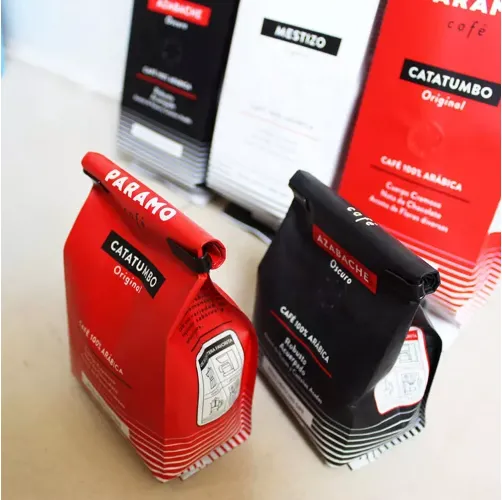- Afrikaans
- Albanian
- Amharic
- Arabic
- Armenian
- Azerbaijani
- Basque
- Belarusian
- Bengali
- Bosnian
- Bulgarian
- Catalan
- Cebuano
- chinese_simplified
- chinese_traditional
- Corsican
- Croatian
- Czech
- Danish
- Dutch
- English
- Esperanto
- Estonian
- Finnish
- French
- Frisian
- Galician
- Georgian
- German
- Greek
- Gujarati
- haitian_creole
- hausa
- hawaiian
- Hebrew
- Hindi
- Miao
- Hungarian
- Icelandic
- igbo
- Indonesian
- irish
- Italian
- Japanese
- Javanese
- Kannada
- kazakh
- Khmer
- Rwandese
- Korean
- Kurdish
- Kyrgyz
- Lao
- Latin
- Latvian
- Lithuanian
- Luxembourgish
- Macedonian
- Malgashi
- Malay
- Malayalam
- Maltese
- Maori
- Marathi
- Mongolian
- Myanmar
- Nepali
- Norwegian
- Norwegian
- Occitan
- Pashto
- Persian
- Polish
- Portuguese
- Punjabi
- Romanian
- Russian
- Samoan
- scottish-gaelic
- Serbian
- Sesotho
- Shona
- Sindhi
- Sinhala
- Slovak
- Slovenian
- Somali
- Spanish
- Sundanese
- Swahili
- Swedish
- Tagalog
- Tajik
- Tamil
- Tatar
- Telugu
- Thai
- Turkish
- Turkmen
- Ukrainian
- Urdu
- Uighur
- Uzbek
- Vietnamese
- Welsh
- Bantu
- Yiddish
- Yoruba
- Zulu
Techniques for Vacuum Sealing Liquids Effectively and Safely in Your Kitchen
How to Vacuum Seal Liquids A Comprehensive Guide
Vacuum sealing is a fantastic preservation method that extends the shelf life of various food items. While vacuum sealing solid foods is relatively straightforward, sealing liquids can pose some unique challenges. Whether you're aiming to store homemade soups, marinades, sauces, or even juicy fruits, mastering the art of vacuum sealing liquids can enhance your food storage techniques and reduce waste. Here’s a detailed guide on how to effectively vacuum seal liquids.
Understanding the Basics
Vacuum sealing works by removing air from a storage bag or container, thereby minimizing oxidation and preventing spoilage. This method leads to less freezer burn and extends the freshness of food. However, liquids can create a challenge, as they can easily be sucked into the vacuum sealer, leading to soggy bags and potential damage to the machine. This is why it’s essential to approach vacuum sealing liquids with a strategic plan.
Methods for Vacuum Sealing Liquids
1. Use a Freezer to Your Advantage One of the simplest methods to vacuum seal liquids is to pre-freeze them. Begin by pouring the liquid you wish to vacuum seal into a flat, leak-proof container or a shallow dish. Place it in the freezer until it reaches a slushy consistency or hardens slightly. Once it's partially frozen, transfer the liquid into a vacuum sealer bag. This technique prevents the liquid from being sucked into the sealer during the vacuum process.
2. Employ the Displacement Method This method is particularly useful for sous vide cooking. Fill a resealable bag with the liquid, leaving some space at the top. Submerge the bag in water, allowing the pressure of the water to push out the air from the bag without letting the liquid escape. Once most of the air is out, seal the bag while it is still submerged. This creates a strong vacuum seal without risking any liquid loss.
3. Utilize Vacuum-Sealable Containers Some vacuum sealers come with compatible containers designed specifically for liquids. These containers feature a valve that lets you vacuum seal without the mess associated with liquids. Simply pour the liquid into the container, place the lid on, and use the vacuum sealer to remove the air. This method is great for soups and marinades, ensuring a tight seal without any leaks.
how do you vacuum seal liquids

Tips for Successful Vacuum Sealing of Liquids
- Choose the Right Bag When vacuum sealing liquids, ensure you are using high-quality, heavy-duty vacuum bags designed to withstand the process. These bags are less likely to rip and will provide a more reliable seal.
- Limit Fill Avoid overfilling your bag. Leave ample space at the top (usually about 2-3 inches) to allow for the vacuum process without sucking in liquid.
- Keep it Clean If any liquid spills onto the opening of the bag, it can prevent a proper seal. Always keep the top edge of the bag clean and dry before sealing.
- Know Your Liquid Some liquids, like oily sauces, can break down the vacuum seal integrity. If you are sealing something with high oil content, consider separating the liquid and vacuum sealing them in smaller quantities.
- Label Your Bags Always label your vacuum-sealed bags with the contents and date for easy identification. This will help you keep track of remnants and prevent confusion in your freezer.
Conclusion
Vacuum sealing liquids may require a bit more thought than sealing solid foods, but with these techniques, it can be done effectively. By experimenting with different methods and following the above tips, you’ll be able to extend the shelf life of your liquid-based foods while maintaining their quality. Whether you’re prepping meals in advance or storing ingredients for future cooking endeavors, mastering vacuum sealing can revolutionize your food storage practices. Happy sealing!













